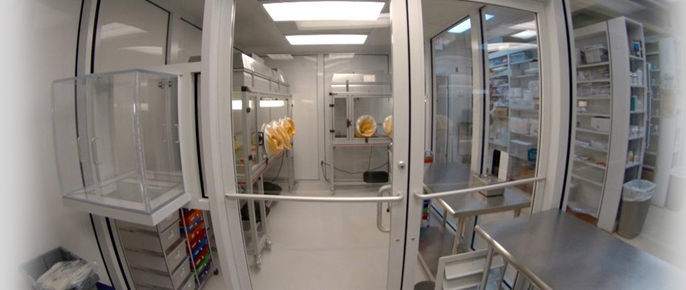DESCRIPTION:
This activity affords the student pharmacist the opportunity to explore a broad range of organizations, institutions, and companies that work in support of the compounding industry. Equally so, it explores companies with which the compounding pharmacist can partner to strengthen their position in the marketplace.
The student pharmacist will respond to a compounding questionnaire used to define many requirements of a compounding practice. Subsequently, the student pharmacist will design a compounding facility, following a pre-defined set of regulations and standards addressing structural, functional, and operational requirements. Then, the facility will be furnished with technological requirements.
Finally, links between a compounding facility, a formulary, and a master formulation record template will reveal a series of relationships that help bring a high level of quality and excellence to a new compounding practice.
LEARNING OBJECTIVES
- Judge the value of existing organizations and communication networks that currently provide operational and functional support to the compounding community.
- Propose a practice model based on legislative and regulatory guidelines of the compounding industry.
- Explore and define niche market opportunities within the compounding industry.
- Survey and list co-travelers working alongside the compounding industry.
- Characterize a broad range of practice needs through the evaluation of an established practice infrastructure.
- Recall facility design requirements and associated procedures in support of a compounding practice.
- Identify structural, operational, and functional facility design requirements for a defined practice parameter.
- Describe technological requirements for a defined practice parameter.
- Redefine and categorize a formulary database in parallel with the development of niche markets.
- State the parameters of an efficient and effective master formulation record template and its impact on a compounding practice.

 Facebook
Facebook X
X LinkedIn
LinkedIn Forward
Forward